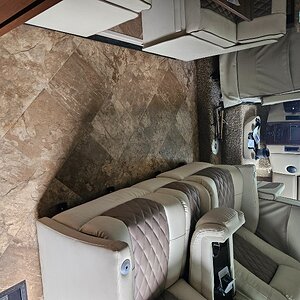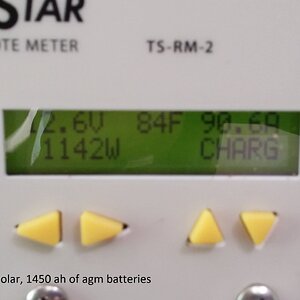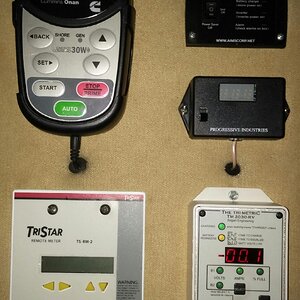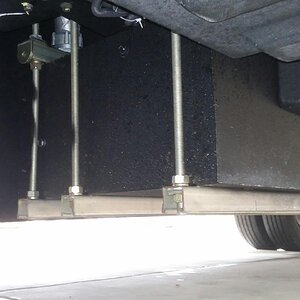lemondrop9344
RVF VIP
- Joined
- Sep 17, 2020
- Messages
- 268
I never said it wouldn't work & I completely agree with the above statement. I acquired my CAT-18 prior to its certification with Verizon. I was able to get it to work, but, I would have preferred to avoid the hassle. At the time, 5G hardware was not offered. 4G LTE was a good as you could get in a cellular modem/router.It’s important to note, non-certification doesn’t mean it won’t work, it means it hasn’t been tested and isn’t guaranteed to work. So it could work fine, it could need some TLC to make work but futzing with different configurations, or it could just not work at all with Verizon or their MVNOs.
5G technology, both provider side & hardware side is very new. If I were in the market to upgrade now, it would be a difficult decision.












